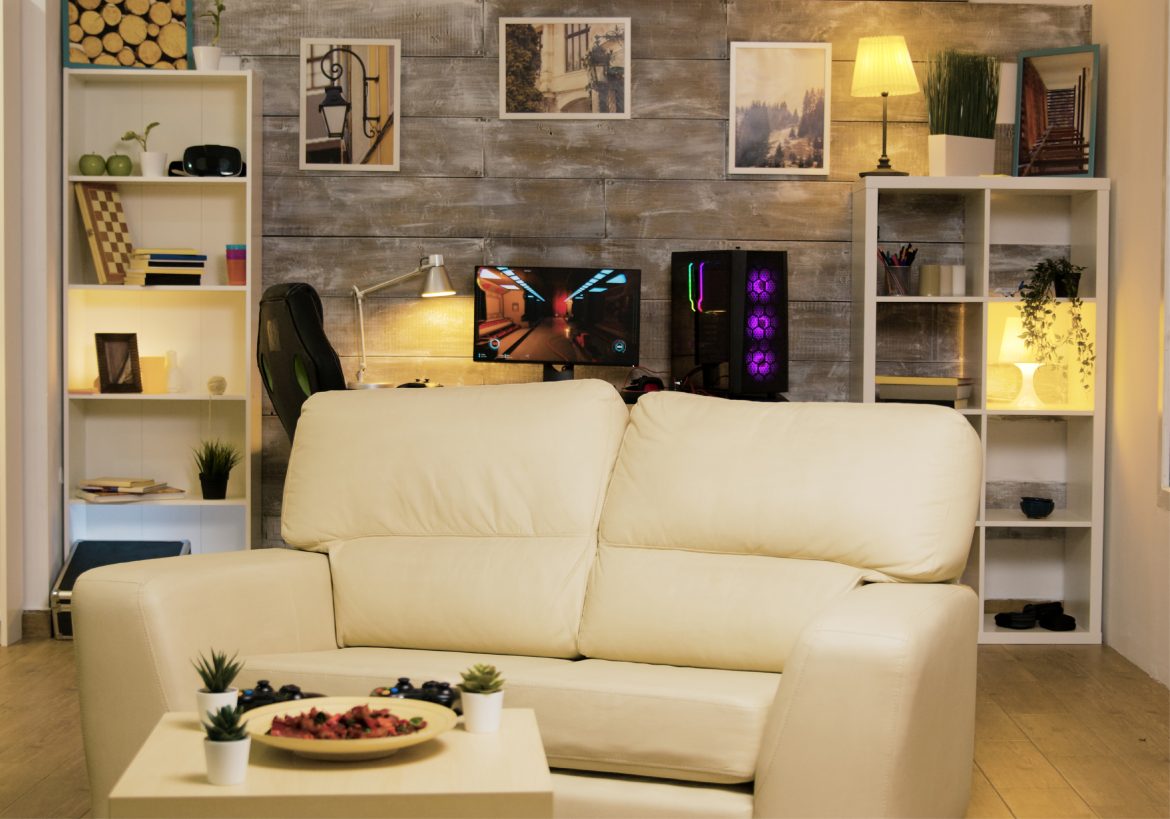Selecting furniture for small rooms in a way that is both an art and a science, that combines style, functionality, and spatiality, is all about achieving that perfect balance. With limited space available, every furniture item must be carefully chosen to ensure maximum use without dominating the room. This is the comprehensive guide on selecting furniture that not only fits but complements small rooms in such a way that you are able to create a comfortable, fashionable, and practical living space.
Measure Your Space Accurately
Before you purchase any piece of furniture, the first and most important action is to take measurements of your room exactly. Record the length, width, and height of the room, as well as windows, doors, and any architectural features such as alcoves or radiators. This tells you exactly what floor space you have and avoids buying oversized items that dominate the space. Also, pay attention to pathways and clearance for easy movement to ensure comfort and flow.
Prioritize Multi-Functional Furniture
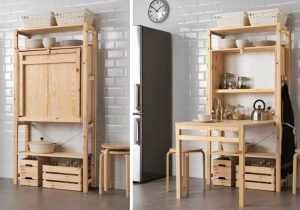
Furniture that has more than one use is precious in small spaces. Multi-functional furniture maximizes space and function. Some examples are:
Sofa beds or futons used as guest beds
Coffee tables with storage or nesting tables that fold up against the wall
Ottomans used as storage containers or additional seating
Foldable or expandable dining tables that are compact when not in use
Selecting such flexible furniture enables you to minimize the number of things in the room while fulfilling several purposes, leaving the room uncluttered.
Opt for Compact and Appropriately Scaled Pieces
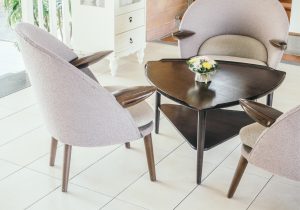
Scale and proportion are important in small rooms. Bulky, oversized furniture can make a room feel cramped and claustrophobic. Instead, seek:
Space-saving sofas, such as loveseats or apartment-sized sofas with slender profiles and lower backs
Accent chairs with slender frames or open construction
Small coffee tables and side tables that balance with the seating and don't overwhelm the floor space
Furniture that has legs or is lifted off of the floor provides the illusion of openness since the light and air can pass underneath, and the room appears larger and less dense.
Embrace Light and Airy Designs
Furniture that appears light to the eye makes small spaces appear larger. Consider:
Items constructed using materials such as glass, acrylic, or light-colored wood
Open-edged bookcases or shelving units that won't obstruct lines of sight
Clear or reflective surfaces, such as glass, coffee tables, or acrylic chairs
Light-colored finishes and upholstery also serve to create an airy feel, heightening the sense of space.
Use Vertical Space Wisely

In tiny rooms, vertical space tends to go unused. Add storage and furniture that utilizes walls:
Floor-clearing wall units or shelves store items
Narrow, tall bookshelves or storage units focus the eye up and save floor space without sacrificing much storage.
This will keep the floor area unobstructed, which is essential to creating a comfortable atmosphere.
Select Furniture with Built-In Storage
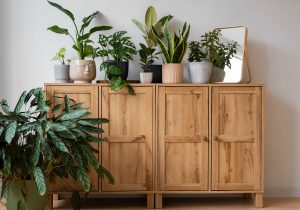
Storage space is a widespread problem in tight rooms. Shelves that can cover up trash and mess serve to keep spaces tidy and expansive-looking. Try:
Storage beds with bedside
Storage ottomans or coffee tables with compartment storage
Benches that store items inside
These shelves contain items stored neatly and off-screen, hence fewer visual interruptions.
Choose Neutral and Light Color Schemes
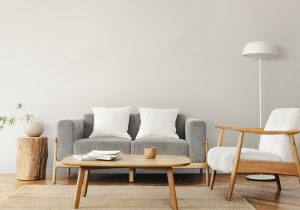
Colors also determine the room's sense of spaciousness. Light, neutral hues like whites, creams, pale grays, and pastels are light-reflecting colors that create open and serene feelings in rooms. Incorporating modest injections of color through pillows or accessories may provide personality without suffocating the space.
Take into Account Modular and Versatile Furniture
Modular furniture is movable to accommodate changing needs and space arrangements, providing flexibility in a compact room. Sectional sofas with adjustable units or stackable chairs enable you to configure the area for special purposes or a number of guests.
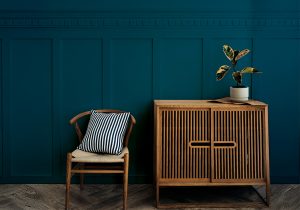
Add Intelligent Design Features
Nesting tables or C-shape tables offer working surfaces when necessary, but can be stored neatly.
Fold-down desks or wall-mounted drop-leaf tables form work areas without taking up permanent space.
Light furniture makes it simpler to shift locations, enabling you to rearrange the room whenever necessary.
Don't Overcrowd
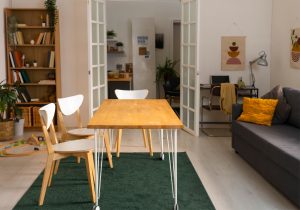
Don't try to cram each space with furniture. Have some room between items so you can get around and feel the space is open. Less is sometimes more with compact spaces.
Best Sites to Buy Furniture from:
RC Wiley
HobbyShop
eBay
Amazon
These are our favorite brands to choose from but if we talk about one brand that gives us the best items of quality then RC Wiley is the king for us. But make sure to check out and explore your options from the mentioned heroes, which one is your favorite.
Conclusion:
The selection of furniture for small rooms is all about making the most of every inch without compromising style or comfort. By measuring with care, focusing on multi-functional and space-saving items, employing light and airy motifs, and including intelligent storage techniques, you can turn even the smallest room into a cozy and functional area. Keep in mind, the secret is to maintain balance- furnish your room sufficiently to cover your needs, but leave it open enough to breathe and move about. With these tactics, your compact room can be roomy, fashionable, and ideally suited to your needs.
Shop Now